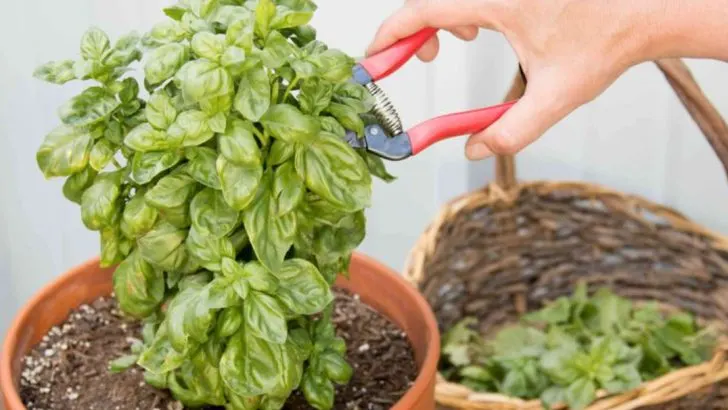Pruning your basil correctly is key to keeping it lush, flavorful, and productive all year long. With the right techniques, you can encourage healthy growth, prevent the plant from becoming leggy, and keep it producing fresh leaves throughout the season.
In this article, we share 14 pruning tricks to keep your basil growing forever. From pinching off tips to harvesting leaves correctly, these expert tips will help you maintain a bountiful basil plant that continues to thrive and produce. If you want your basil to stay vibrant and delicious, these tricks will help you get the most out of your plant.
Pinch the Top Leaves Regularly
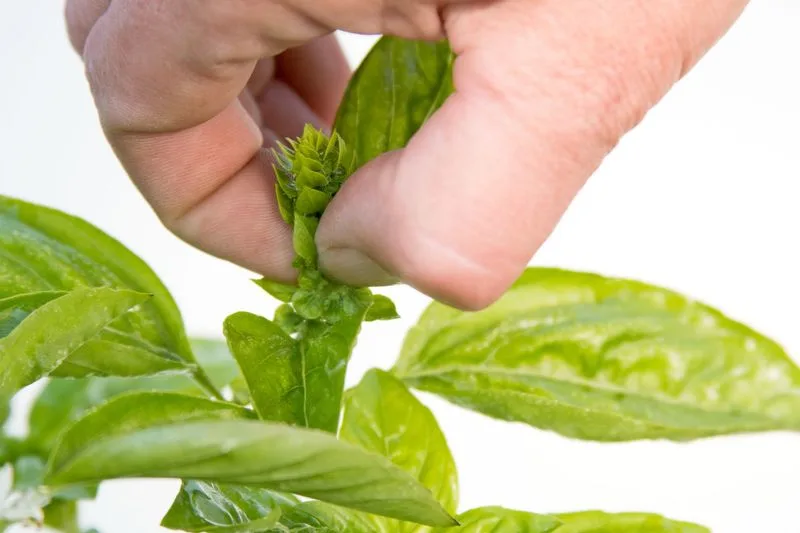
Instead of letting your basil grow tall and leggy, regularly pinching the top leaves encourages a bushier plant. This simple practice can prevent the basil from flowering too soon, which often signals the plant to stop growing. By removing just a few leaves at the top, you stimulate growth in the lateral shoots, leading to a fuller plant. It’s like giving your basil a gentle haircut that results in a lush mane. Don’t forget to use the pinched leaves in your cooking to reduce waste!
Avoid Pruning During Heat Waves
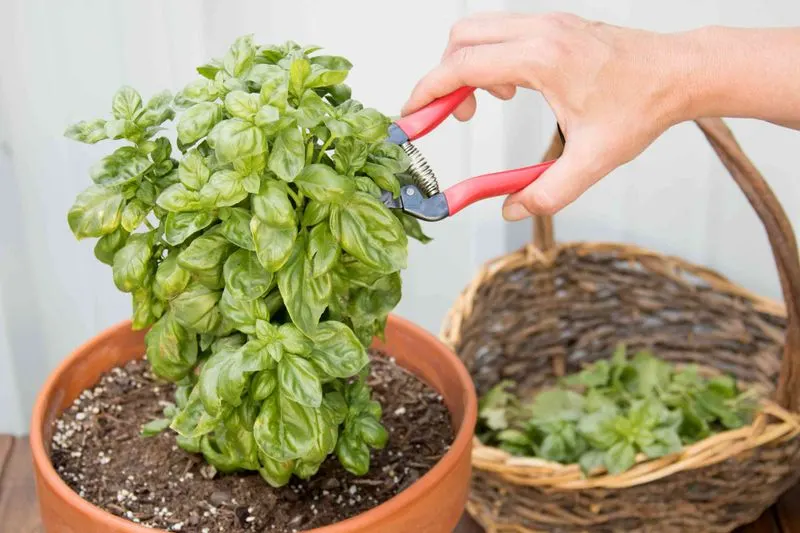
Pruning during extreme heat can stress your basil unnecessarily. Instead, it’s wise to wait for cooler days to trim. When temperatures soar, plants focus on survival rather than growth, and trimming can exacerbate stress. Consider early mornings or late afternoons when it’s cooler. This timing allows the plant to recover overnight. Reducing stress during hot weather will help ensure a continuous, healthy growth cycle. Plus, your basil will thank you by producing more leaves when conditions are optimal.
Use Clean, Sharp Scissors
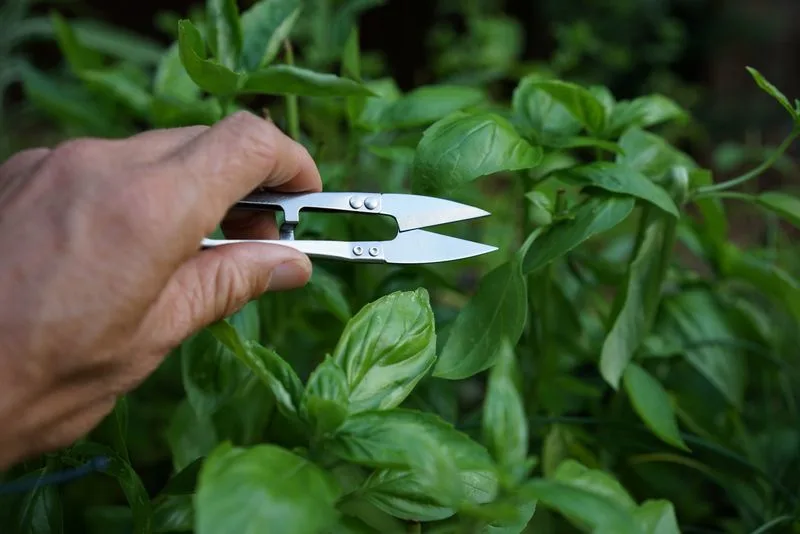
Ragged cuts can invite disease, so always trim with sharp, clean scissors. A clean cut heals faster, reducing the risk of infection. Imagine your basil as a prized possession; you wouldn’t want to damage it with improper tools. Invest in a quality pair of scissors and sterilize them before each use. This simple precaution can make a significant difference in the plant’s overall health. Over time, you’ll notice your basil’s vigor and resilience improving with each careful cut.
Prune Above a Leaf Node
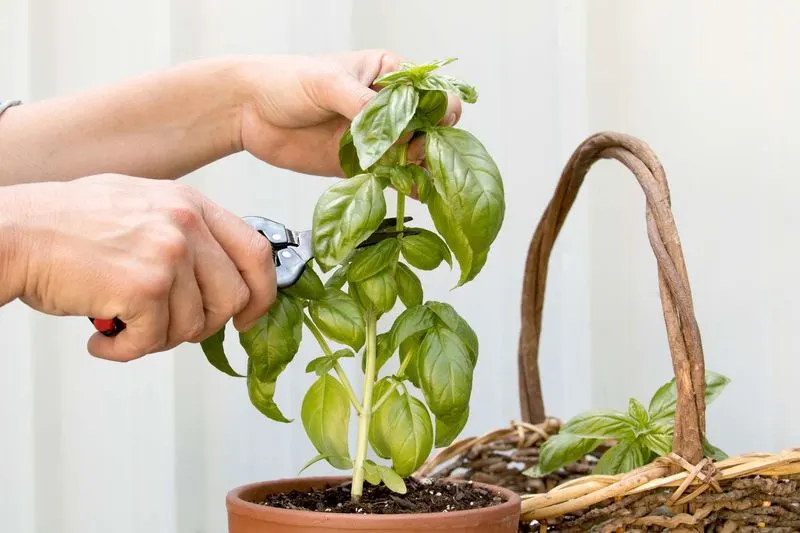
Cutting just above a leaf node is crucial for promoting new growth. Nodes are the points on the stem where leaves emerge. By pruning above these spots, you encourage the plant to direct energy to dormant buds. This technique results in a more robust and fuller basil plant. It’s like telling the plant exactly where to grow next! This method helps maximize the plant’s potential, leading to a more productive herb garden. Look for nodes before making your cut to ensure optimal results.
Trim Back to Encourage New Shoots
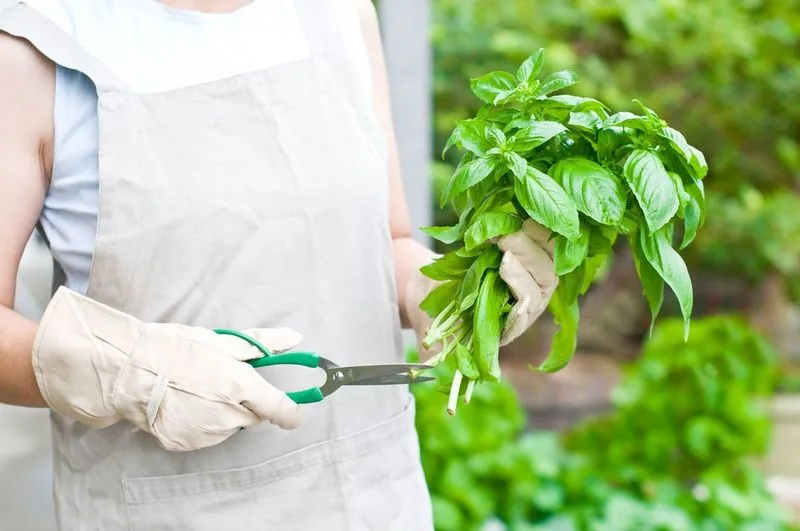
When your basil starts to look sparse, trimming back some of the older growth can stimulate the production of new shoots. This approach rejuvenates the plant, pushing it to fill out once more. It’s an effective way to manage a plant that’s become too tall or thin. New shoots often lead to a more vibrant plant, giving you more leaves to harvest. Regularly refreshing your basil in this way ensures a continuous supply of fresh herbs. You’ll notice the difference in taste and quality.
Remove Flower Buds Immediately
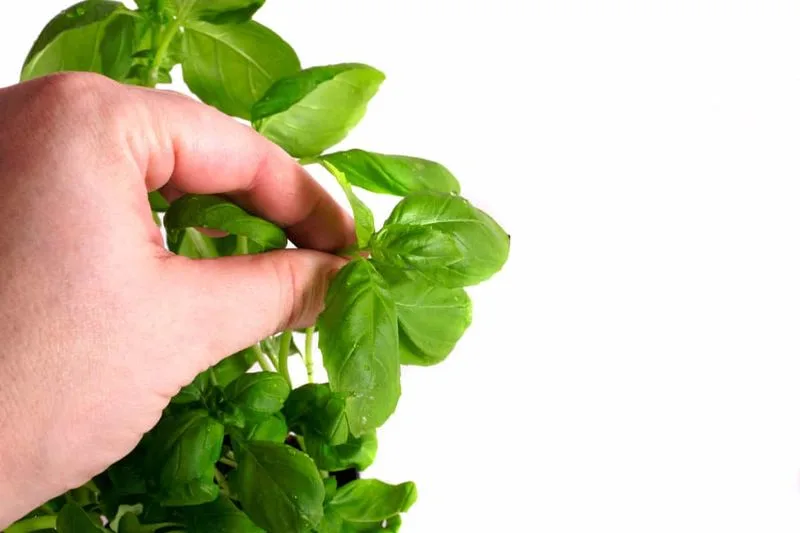
Basil plants focus on seed production when they flower, reducing leaf quality and growth. Removing flower buds as soon as you spot them redirects the plant’s energy back to leaf production. This keeps the basil in its vegetative state longer, ensuring a steady supply of leaves. Keep an eye out for small buds; they’re usually easy to spot at the top of the plant. Regularly checking and removing these buds will help maintain the plant’s productivity and improve its flavor.
Check Regularly for Pests

Inspecting your basil for pests frequently is crucial in keeping it healthy. Pests can damage leaves and stunt growth, making it vital to address them quickly. Look for telltale signs like holes or discoloration. Often, gently wiping the leaves or using a mild soap solution can deter common pests. By integrating pest checks into your routine, you maintain the plant’s vitality. Regular inspections catch issues early, preventing infestations that can be hard to manage. This proactive step ensures your basil thrives.
Prune to Enhance Air Circulation
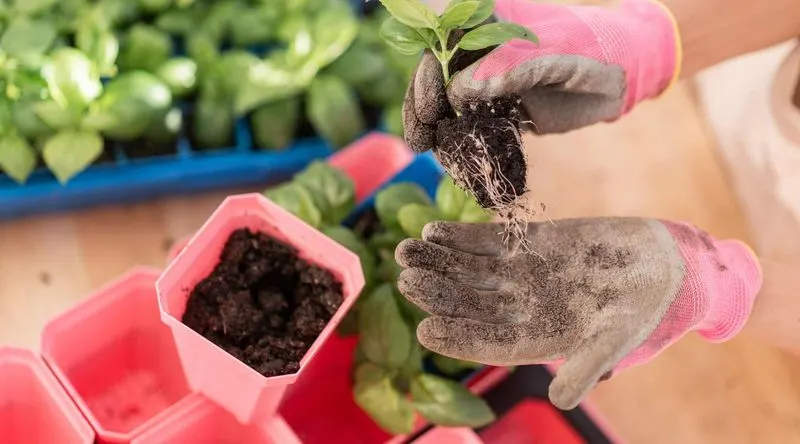
Good air circulation prevents mold and mildew, which can plague dense basil plants. By selectively pruning crowded areas, you help air flow through the leaves. This practice reduces humidity around the plant and diminishes the risk of fungal diseases. The improved airflow also keeps foliage healthier. Making space between branches allows each leaf to bask in sunlight and stay dry. Regularly assessing your basil and thinning it out when necessary can lead to a much healthier plant overall.
Harvest Basil Frequently
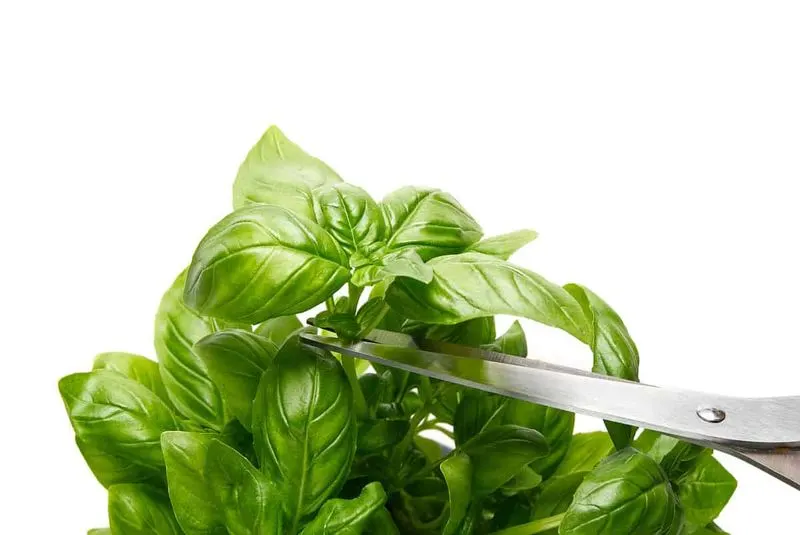
Frequent harvesting is not only a rewarding practice but also promotes continuous growth. Picking leaves regularly encourages the plant to produce more foliage. It’s a cycle of giving and receiving; the more you pick, the more it gives. Use the harvested basil in your favorite recipes, ensuring nothing goes to waste. This approach keeps your basil plant productive and dense, perfect for a steady supply throughout the growing season. Let each harvest inspire new culinary creations while supporting the plant’s health.
Manage Transplant Shock
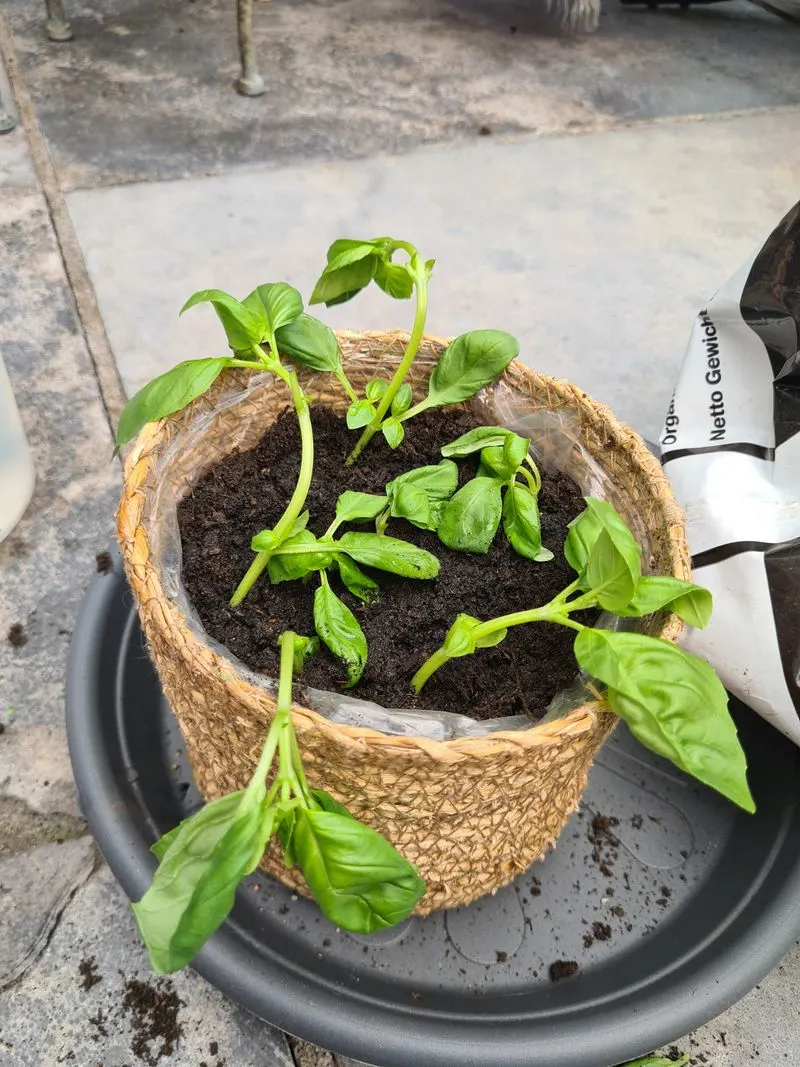
When moving basil to a new pot or garden bed, handling it with care minimizes transplant shock. This stress can slow growth or damage the plant. Water well before and after transplanting, and choose overcast days for the process. Providing a nurturing environment during this transition helps the plant adjust quicker. Transplanting might seem simple, but doing it thoughtfully makes a noticeable difference. Observing your basil’s response and adjusting care ensures a smooth transition, resulting in a thriving plant.
Space Out Plants Properly
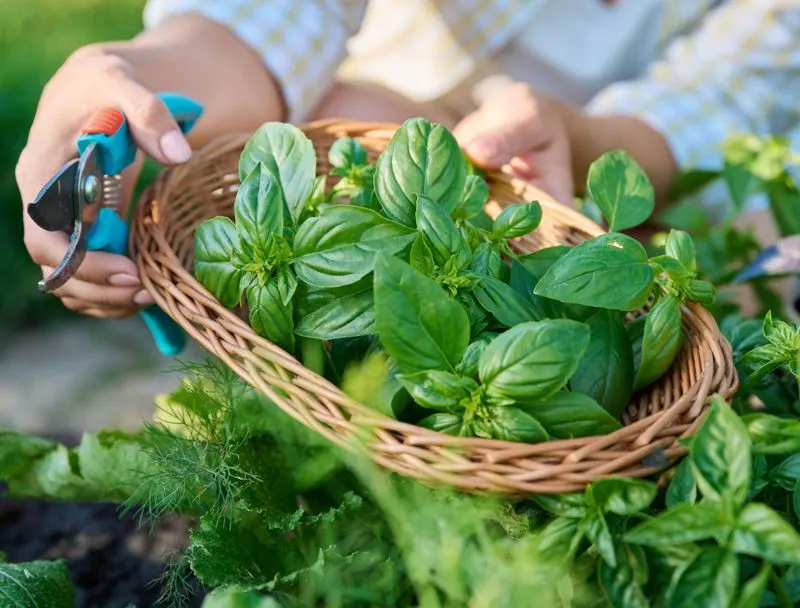
Proper spacing between basil plants allows each one enough room to grow without competition. Crowded plants can struggle for nutrients, leading to stunted growth. By giving each basil enough space, you encourage healthy development and reduce disease risks. This practice also simplifies maintenance and harvesting. Think of it as providing each plant its own personal space to flourish. Proper spacing contributes significantly to a successful basil garden. It’s a foundational aspect of gardening that supports robust, healthy plants.
Water Consistently but Not Excessively

Consistent watering is vital, but overwatering can be detrimental to basil. It’s about finding balance. Ensure the soil is moist but not soggy, checking with a finger test. This method prevents root rot and helps the plant receive just the right amount of hydration. Monitoring moisture levels keeps your basil’s environment stable. Inconsistent watering can lead to stress, impacting growth negatively. By maintaining a regular watering schedule, you support the plant’s health and productivity. This consistency makes a noticeable difference.
Apply Organic Mulch
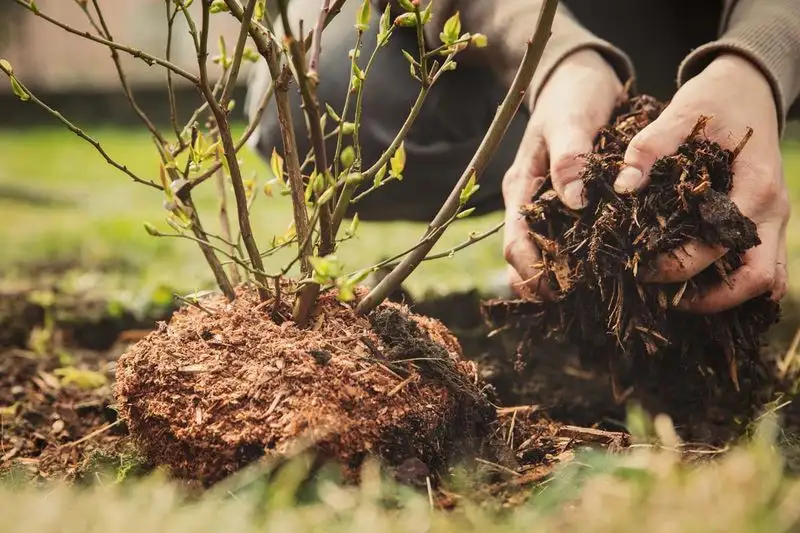
Applying organic mulch around basil helps retain soil moisture and suppress weeds. It’s a natural way to keep the garden environment favorable for growth. The mulch also breaks down over time, enriching the soil with nutrients. This added layer protects the roots from temperature fluctuations, creating a stable environment for the plant. Using organic materials like straw or wood chips can enhance your garden’s sustainability. This practice supports both the health of your basil and the ecosystem it grows in, proving beneficial on many levels.
Start Pruning When Plant is Young
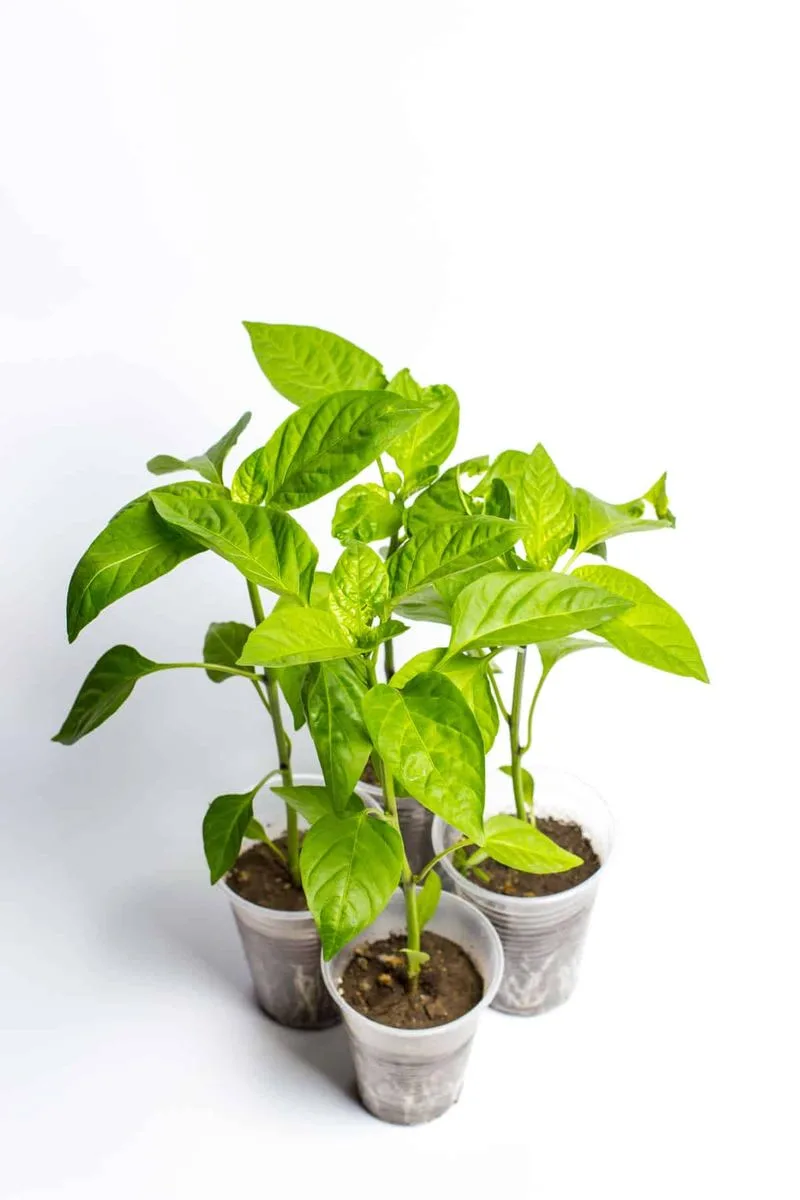
Begin pruning your basil early, as it helps shape the plant and encourages sturdy growth. Starting when the plant is young enables you to guide its development, resulting in a robust structure. Early pruning sets the stage for a healthy, productive lifecycle. It’s like training a young athlete; the earlier you start, the better the results. This foundational step is crucial for long-term success, promoting a plant that thrives under the right conditions. Giving your basil a strong start ensures a bountiful harvest.

